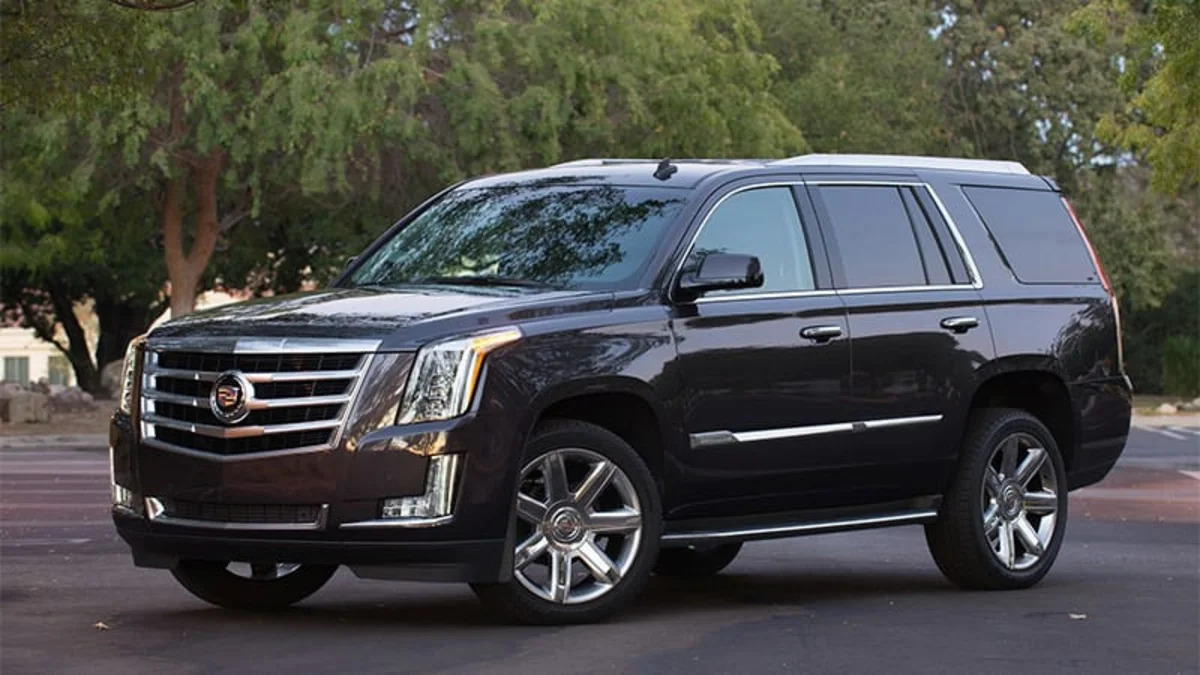When it comes to power vs. weight, Monty Python might not have said it first but they said it funniest when discussing an unladen swallow and a coconut: "It's not a matter of where it grips it! It's a matter of weight ratios!" According to some numbers crunched by the Institute of Electrical and Electronics Engineers (IEEE), weight ratios in modern cars are creating a giant problem with overall efficiency. Car weights are climbing, but passenger loads aren't.
The Ford Model T weighed but 1,200 pounds. With a 154-pound passenger on board, the resulting weight ratio was 7.7. The IEEE says that the average weight of all light-duty vehicles (including pickup trucks) is "more than 1,800 kilograms," or 3,960 pounds. With the US Census Bureau finding that 76 percent of drivers commute alone, the weight ratio for that single 154-lb passenger comes out to 25.7, more than three times worse than the Model T's figure. The scale is anchored by a seven-kg bicycle at one end (weight ratio: 0.1), and the Cadillac Escalade EXT at the other (weight ratio: 39). By comparison, a fully loaded Boeing 787-9 comes in at 6.3.
Carmakers can take weight out of vehicles, but safety regulations will keep putting it back on. Besides, the effort and cost of that kind of engineering are vastly higher than if we just put more people in a single car more regularly, or increased our nationwide use of public transportation from where it stands, at five percent. The IEEE says these out-of-whack numbers are the truly limiting factor concerning energy efficiency, and that the move to heavier hybrids - the roaring popularity of compact crossovers won't help, either - will keep us mired in "the worst weight-to-payload ratios for any mechanized means of personal transportation in history."
The Ford Model T weighed but 1,200 pounds. With a 154-pound passenger on board, the resulting weight ratio was 7.7. The IEEE says that the average weight of all light-duty vehicles (including pickup trucks) is "more than 1,800 kilograms," or 3,960 pounds. With the US Census Bureau finding that 76 percent of drivers commute alone, the weight ratio for that single 154-lb passenger comes out to 25.7, more than three times worse than the Model T's figure. The scale is anchored by a seven-kg bicycle at one end (weight ratio: 0.1), and the Cadillac Escalade EXT at the other (weight ratio: 39). By comparison, a fully loaded Boeing 787-9 comes in at 6.3.
Carmakers can take weight out of vehicles, but safety regulations will keep putting it back on. Besides, the effort and cost of that kind of engineering are vastly higher than if we just put more people in a single car more regularly, or increased our nationwide use of public transportation from where it stands, at five percent. The IEEE says these out-of-whack numbers are the truly limiting factor concerning energy efficiency, and that the move to heavier hybrids - the roaring popularity of compact crossovers won't help, either - will keep us mired in "the worst weight-to-payload ratios for any mechanized means of personal transportation in history."


Sign in to post
Please sign in to leave a comment.
Continue